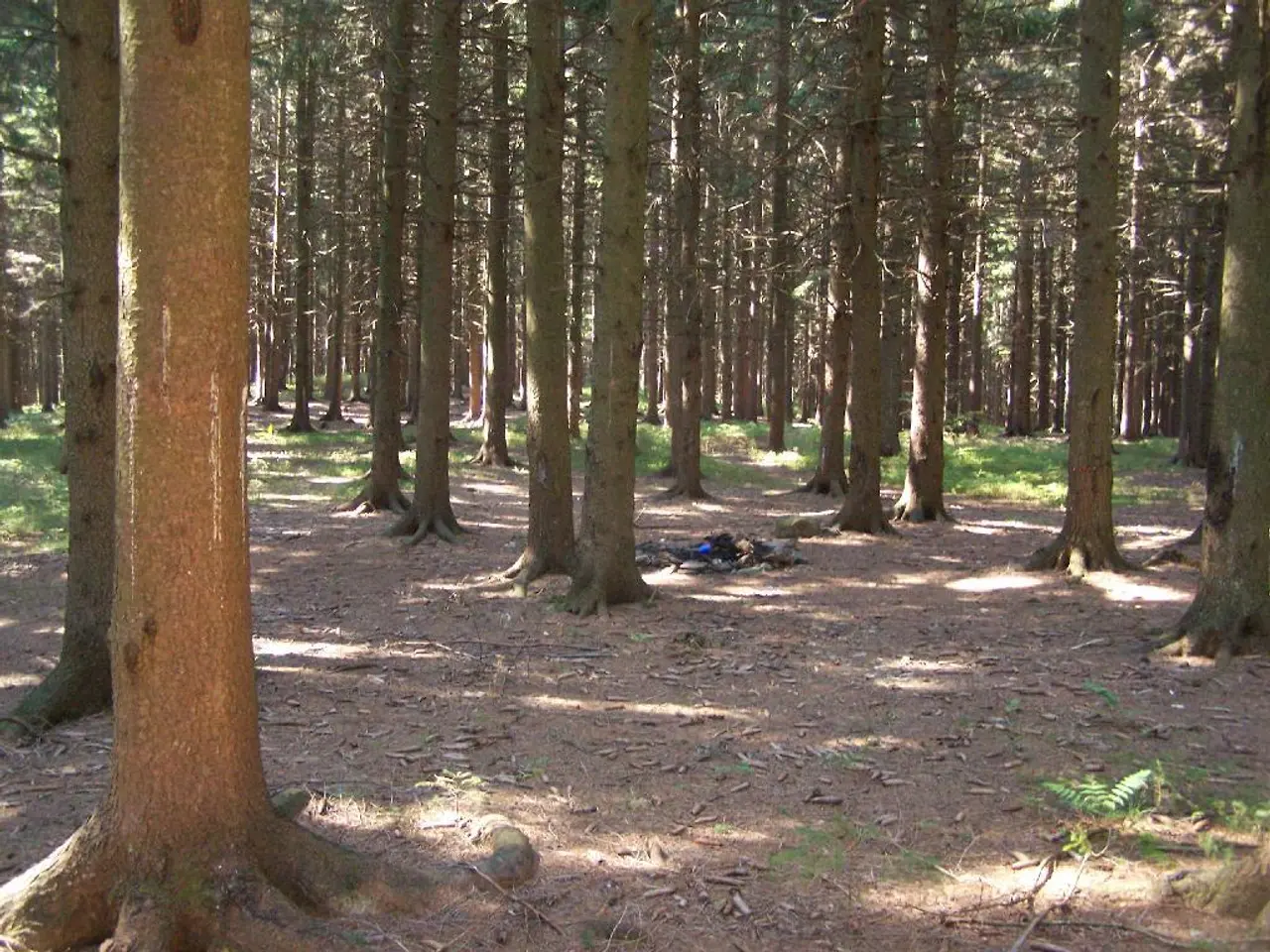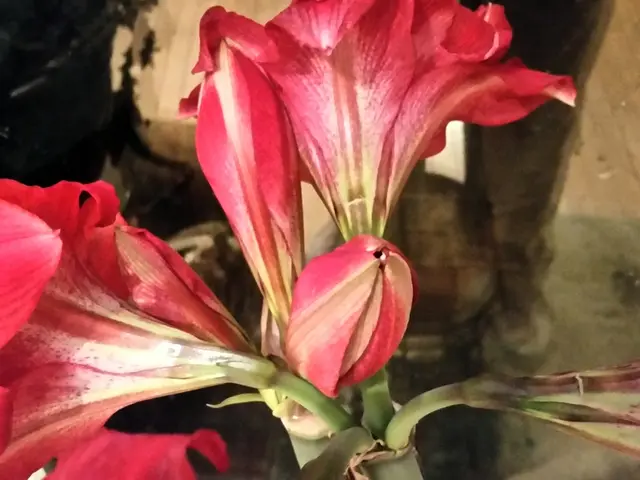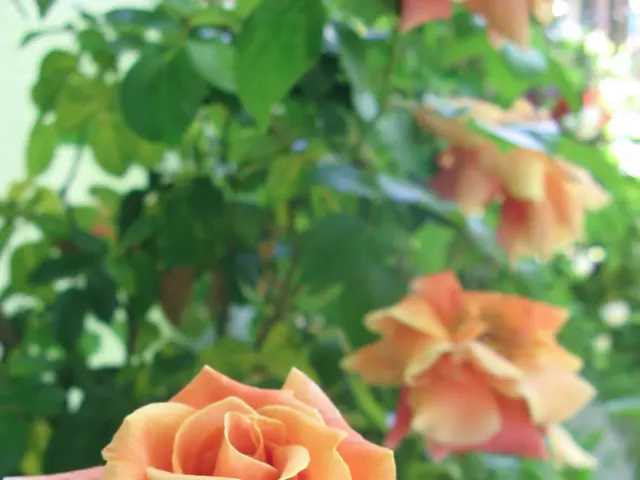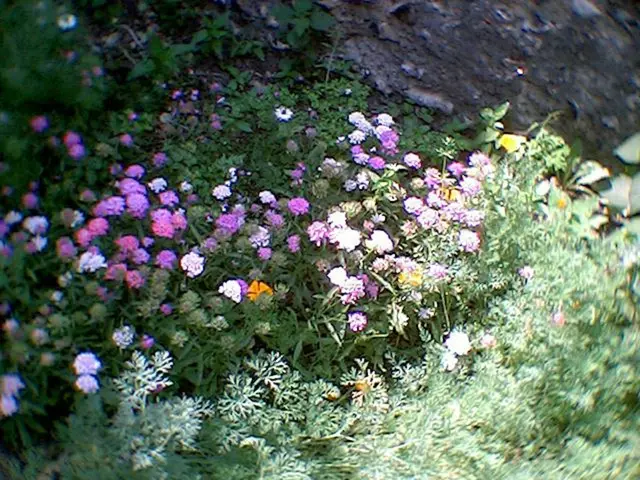Methods for Thickening Bonsai Trunks: Strategies for trunk growth enhancement
In the art of bonsai, redirecting growth energy towards the trunk is a fundamental technique for thickening and visually enhancing the trunk, creating a miniature representation of an ancient tree. This approach requires patience, dedication, and a deep understanding of the underlying principles.
By strategically pruning and limiting branch growth, the tree's energy is redirected from leaf and branch development to the trunk and root system, promoting thickening. This process involves removing or carefully pruning excess branches and foliage, allowing the plant to channel more energy into the trunk and root system.
Growing the bonsai in larger pots for several years without pruning also contributes to thickening the trunk due to increased root expansion and nutrient uptake. Once the desired thickness is achieved, the bonsai can be pruned and transplanted back into smaller pots to maintain size.
The choice of soil substrate plays a crucial role in healthy root development. Well-aerated and well-draining substrates, such as sandy soils including Akadama, pumice, and lava rock, support proper root aeration, allowing the plant to channel more energy into trunk growth.
Regular fertilization during the growing season ensures the bonsai has ample nutrients to support vigorous trunk thickening. Feeding with balanced fertilizers, alternating chemical and organic types like guano, throughout spring and summer is recommended.
Maintaining a good watering and environment balance is essential for healthy roots capable of supporting trunk expansion. Good water retention balanced with drainage ensures the roots are healthy and capable of supporting trunk expansion. In extreme climates, soil mixes should account for moisture retention without waterlogging.
Practicing wiring and shaping techniques helps shape branch growth to optimize energy distribution and achieve a natural taper and proportion that enhances trunk appearance and strength.
Patience is key in thickening a bonsai trunk, as it often takes years and requires consistent care and gradual shaping to achieve a spectacular and aged look.
Incorporating deadwood elements, such as jin and shari, can add depth and complexity to the trunk, creating a sense of authenticity. The strategic placement of these elements can profoundly impact the trunk's visual appeal and convey a sense of age and character.
Jin, in particular, creates dramatic, windswept shapes, conveying a sense of age and movement. Shari, on the other hand, adds a sense of ancient, weathered patina, evoking a sense of timelessness.
By strategically removing lower branches, bonsai enthusiasts can redirect growth energy towards the trunk, while also creating a visually appealing taper. Deliberate pruning promotes cell division and expansion, leading to increased girth.
In summary, to redirect growth energy towards the trunk, combine strategic pruning, fertilization, substrate optimization, growing in larger pots initially, and careful shaping—all while being patient and attentive to the bonsai’s health. This approach ensures the trunk thickens and develops a substantial visual presence, mimicking the grandeur of an ancient tree in miniature form. Additionally, incorporating deadwood techniques can enhance visual impact, creating an illusion of age, character, and mystique.
By following a home-and-garden hobby such as gardening, one can adopt a bonsai lifestyle, focusing on redirecting growth energy towards the trunk for thickening. This can be achieved through strategic pruning to limit branch growth, encouraging the plant to channel more energy into the trunk and root system.
Including deadwood elements like jin and shari in a bonsai design can add depth and complexity to the trunk, further enhancing the miniature representation of an ancient tree.








